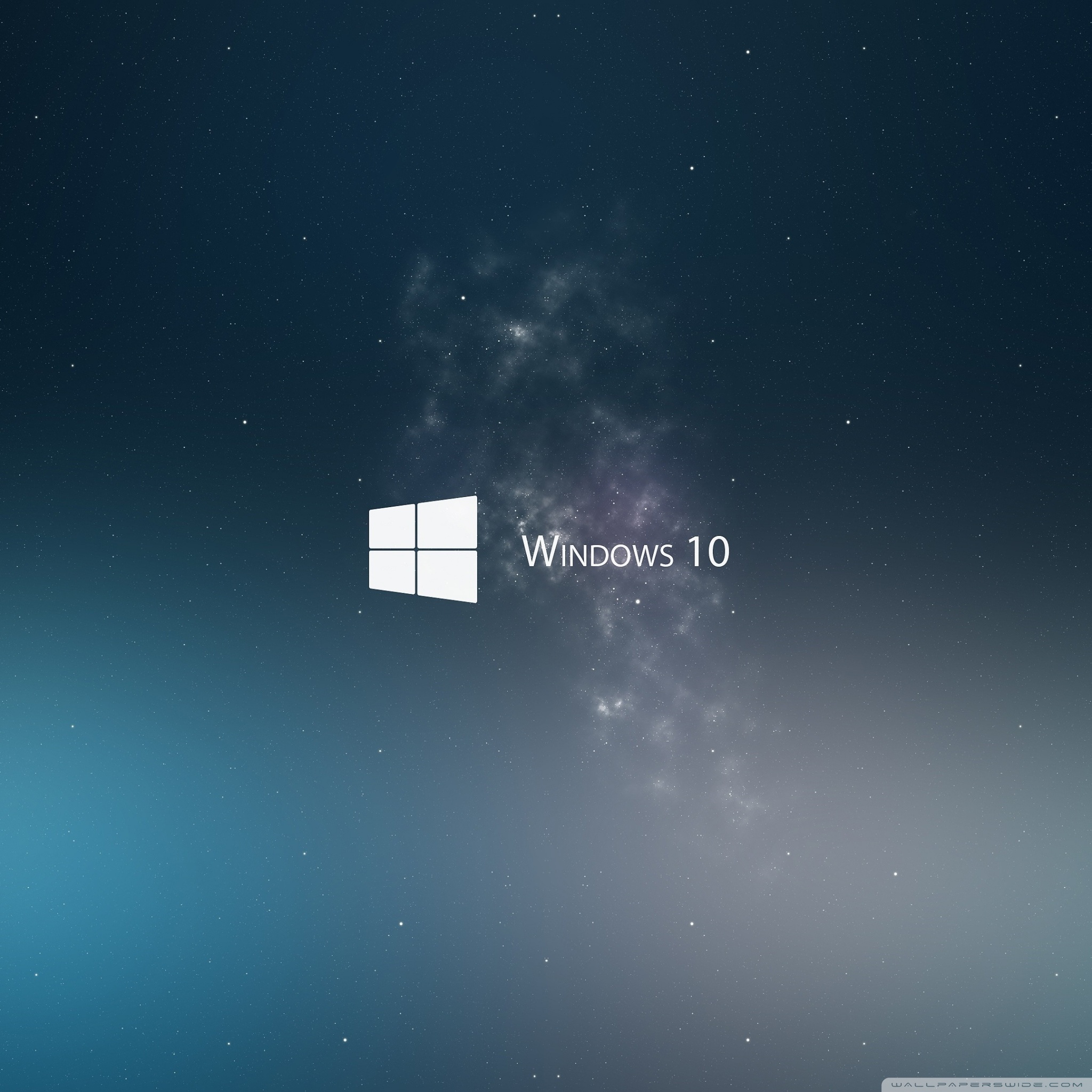When Microsoft went mobile after the acquisition of Nokia’s declining business in 2014, their hope was to strongly penetrate the market with their own OS/device combo that’s worked so well for Apple. Unfortunately, that marriage was not made in heaven, and the Redmond, WA-based software giant is now strategically retracing its steps in the mobile market as they pursue a new line of attack.
The gist of Microsoft’s problem was that they tried pushing Windows Phone down the throats of buyers who might have otherwise gladly bought an Android-powered Lumia, for example. With limited app options and a much smaller developer base than either iOS or Android, it was doomed to failure from the get go.
The sale of Nokia’s feature-phone business to FIH Mobile Ltd., a subsidiary of Hon Hai/Foxconn Technology group and HMD Global, Oy for $350 million is a calculated step in their retreat from the mobile space. Not that they’re going to go all the way, mind you; this is merely a “shedding of weight” as they focus more on Software-as-a-Service (SaaS) and realizing Nadella’s dream of interconnected productivity enhancement tools.
It is also – and this is important to note – a signal that they are getting leaner in preparation for the whole Xamarin-UWP (Universal Windows Platform) attack on the mobile world. Though Xamarin is essentially an iOS/Android community of developers, the inclusion of UWP and its open source capabilities gives them a strong entry point for Windows 10 Mobile into the duopoly currently held by Apple and Google.
Additionally, the emergence of Office 365 as the world’s top SaaS application, and the proliferation of Skype for Business and Cloud PBX and PSTN (launched in the UK this year) are all geared towards putting Microsoft at the top of the Unified Communications (UC) heap.
The real strategic positioning for Microsoft is to be a one-stop-shop for business productivity, access on cloud, unified communications and mobility. And this is the direction the company is taking with each step in its core reporting segments.
The question of whether they will succeed as a mobile device provider remains unanswered. Their intent to propagate the Windows 10 ecosystem across all devices including the XBox is one part of the connectivity puzzle, but this is no guarantee that they will be able to follow that up with a successful product line that supports all of their productivity, cloud, communication offerings.
The success of the Surface Pro series have already generated rumors of a new Surface Pro 5, but the delay with chipsets from Intel may see this being pushed to the end of the summer. The price point of $899 against the iPad Pro’s $799 could put a damper on their sales plan, but that remains to be seen. On the Lumia front, uptake of the Windows 10 Mobile OS has been less than desirable, with only 15.2% of “upgrade capable” devices actually running on the new operating system – primarily in the mid-range Lumia 630/635/640 models.
All of this points to one thing: Microsoft is making a very risky but calculated bet with its mobile business. Their intent is clearly to dominate the unified communications space within the enterprise segment, but in the mobile arena their success is extremely dependent on the success of the Xamarin/UWP/Windows 10 Mobile synergy and the developer interest it can generate over time.



